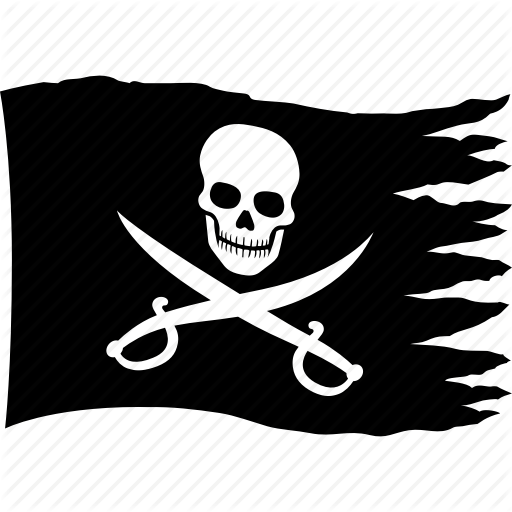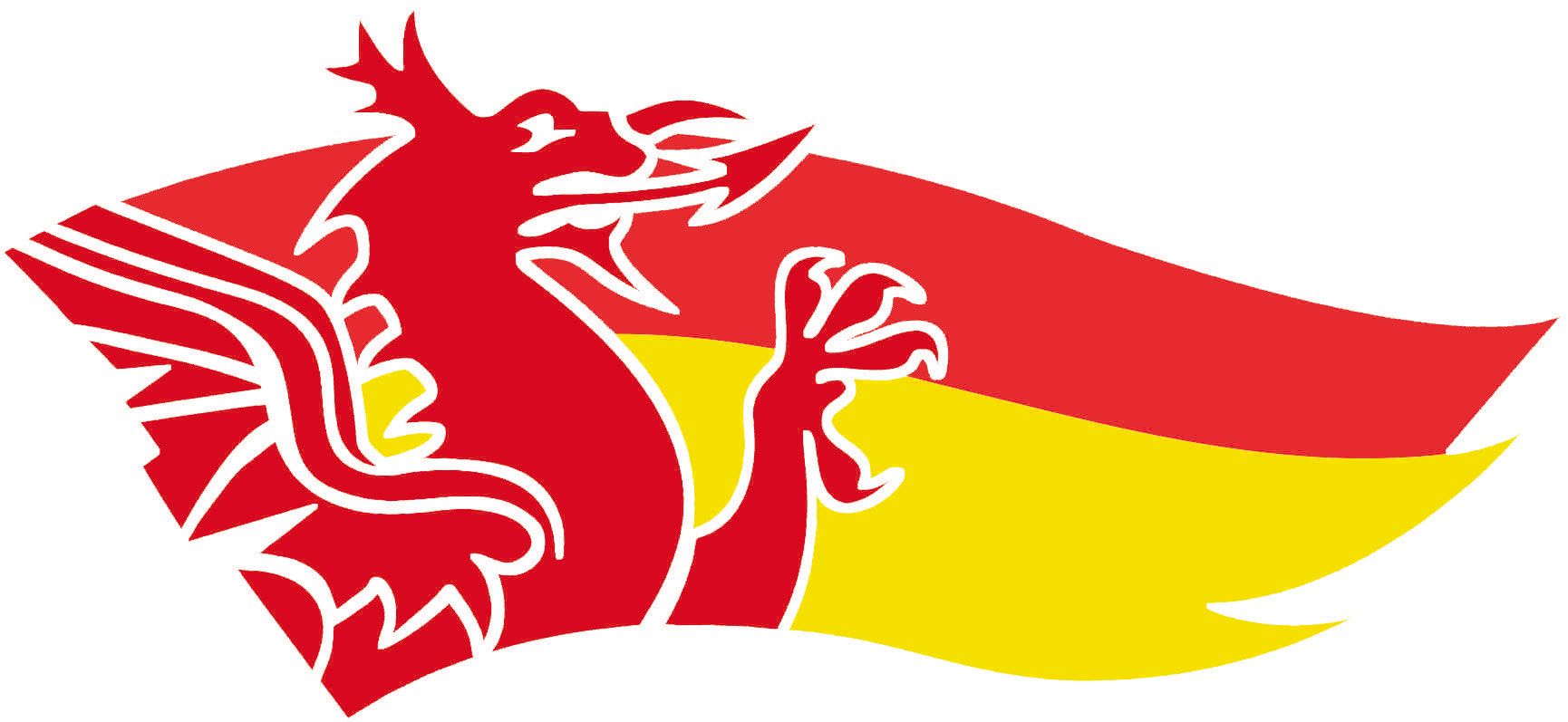QUALIFICATIONS
As a member of SLSA Wales there are two awards for competent use and operation of an IRB.
1. The IRB Crew Person Award.
2. the IRB Coxwain Award.
In addition IRB qualified members are expected to complete an annual proficiency update to demonstrate continual professional development (CPD).
1. The IRB Crew Person Award.
2. the IRB Coxwain Award.
In addition IRB qualified members are expected to complete an annual proficiency update to demonstrate continual professional development (CPD).
The IRB Crew Award
There are five required outcomes in this award.Aim: To provide an award which will meet International Lifesaving criteria for IRB Crew.
Minimum Age 16 Years on date of assesment.
Prerequisites:
- Have no limiting disabilities.
- Produce a log of 10 hours practical experience (5 hours of which should be logged in surf).
- Have satisfied the relevant local boating laws, regulation or licence requirements.
Practical Activities:
- Complete a 200 metre run, swim 200 metres and run a further 200 metres in a time of less than 9 minutes
- Demonstrate the simulated rescue of an unconscious, non - breathing patient 100 metres from shore using a Rescue Tube. Bring the patient to shore and demonstrate appropriate aftercare.
- Demonstrate life support skills for an adult, child and infant.
Underpinning Knowledge:
Outcome 2: Demonstrate Theoretical and Practical Knowledge of the IRB and Motor
Practical Activities:
Underpinning Knowledge:
Practical Activities:
Underpinning Knowledge:
Outcome 4: Complete Water Based Competencies
Practical Activities:
Underpinning Knowledge:
- Apply knowledge of the ‘Surf Conditions’ present to execute competent negotiation.
- Demonstrate communication skills with a person in difficulty.
- Apply the correct procedures for administering E.A.V. using a Rescue Tube in deep water.
- Employ knowledge and skills to use the Rescue Tube to return the conscious patient to shore.
- Demonstrate appropriate aftercare.
- Relate the principles of Danger, Response, Airway, Breathing, Resuscitation.
- Demonstrate on a live, simulated unconscious patient:
- Scene Assessment.
- Turning the patient from prone to supine.
- Checking airway, signs of breathing and circulation.
- The action to be taken for a person vomiting.
- The action to be taken to clear blocked airway.
Outcome 2: Demonstrate Theoretical and Practical Knowledge of the IRB and Motor
Practical Activities:
- Demonstrate knowledge of all hand flag and whistle signals together with the use of flares.
- Relate generic knowledge of an IRB.
- Discuss pre-operational checks.
- Demonstrate basic rope work.
- Identify safety issues relating to the operation of an IRB.
- Complete a dry land demonstration.
Underpinning Knowledge:
- Demonstrate the use and understanding of all hand and flag signals used between boat and shore.
- Interpret whistle signals
- Describe the use of flares.
- Demonstrate a knowledge of the IRB, its construction, equipment and maintenance needs.
- Demonstrate a thorough knowledge of the crew’s responsibilities in pre – operational checks and all safety aspects to be observed in the operation of the IRB.
- Demonstrate the tying of the following knots, a Bowline, Clove Hitch and Sheet Bend together with the coiling of a rope.
Complete a simulated demonstration on dry land of crewing.
Practical Activities:
- Describe the storage of the equipment.
- Describe routine maintenance of the equipment.
Underpinning Knowledge:
- Demonstrate a knowledge of the responsibilities towards the cleaning and storage of the IRB and its associated equipment after use.
- Discuss the routine maintenance of the boat and its associated equipment.
Outcome 4: Complete Water Based Competencies
Practical Activities:
- Demonstrate the launch, manoeuvring and recovery of an IRB.
- Demonstrate the recovery of a patient weighing approximately 70kg (11stone or 154 pounds) into the boat from the water.
- Demonstrate the recovery of two conscious casualties from the water.
- Demonstrate casualty care and transfer from IRB onto shore.
- Employ emergency procedures.
Underpinning Knowledge:
- Demonstrate competence in all aspects of the crewman’s responsibilities in the launching, manoeuvring and recovery of the rescue boat.
- Demonstrate the role of the crew in recovering a conscious casualty, unconscious casualty and an injured casualty.
- Employ good casualty care procedures throughout and appropriate patient carrying techniques when transporting the casualty from the boat to the shore.
Outcome 5: Emergency Procedures
Practical Activities:
Practical Activities:
- Demonstrate the ability to cope calmly with an emergency on board an operational rescue boat.
- Demonstrate the action to be taken for a coxswain (helmsman) overboard.
- Demonstrate the action to be taken for engine failure.
- Demonstrate the action to be taken for puncture of sponson in an IRB.
- Demonstrate the action to be taken for a roll over (simulated without the motor attached to the boat).
- Demonstrate the action to be taken for a casualty in need of CPR inside the rescue boat (where design permits).
The IRB Coxwain Award
There are five required outcomes in this award.Aim: To provide an award which will meet International Lifesaving criteria for Inflatable Rescue Boat (IRB) Coxswain Certificate.
Minimum Age: 16 Years on date of assesment.
Prerequisites:
- Have no limiting disabilities.
- Produce a log of 20 hours practical experience (10 hours of which should be logged in surf).
- Hold a current SLSA Wales / ILS Rescue Boat Crew Certificate. (Both Crew and Coxswain Awards may be taken at the same time).
- Have satisfied the relevant local boating laws, regulation or licence requirements.
Outcome 1: Demonstrate Fitness and Lifesaving Skills
Practical Activities:
- Complete a 200 metre run, swim 200 metres and run a further 200 metres in a time of less than 9 minutes.
- Demonstrate the simulated rescue of an unconscious, non - breathing patient 100 metres from shore using a rescue tube. Bring the patient to shore and demonstrate appropriate aftercare.
- Demonstrate Life Support skills for an adult, child and infant.
Underpinning Knowledge:
- Apply knowledge of the ‘Surf Conditions’ present to execute competent negotiation of the surf.
- Apply the correct procedures for administering E.A.V. using a Rescue Tube in deep water.
- Employ knowledge and skills to use the Rescue Tube to return the conscious patient to shore.
- Demonstrate appropriate aftercare.
- Relate the principles of Danger, Response, Airway, Breathing, Resuscitation.
- Demonstrate on a live, simulated unconscious patient:
- Scene Assessment.
- Turning the patient from prone to supine.
- Checking airway, signs of breathing and circulation.
- The action to be taken for a person vomiting.
- The action to be taken to clear a blocked airway.
- Demonstrate CPR including the treatment for an adult victim of drowning on an adult manikin, a child manikin and an infant manikin.
Practical Activities:
- Demonstrate communication skills.
- Discuss navigation rules and regulations.
- Interpret weather conditions and the operation of the IRB.
- Identify safety issues relating to the operation of an IRB.
- Demonstrate knowledge of the boat’s motor.
- Discuss record keeping.
- Complete a dry land demonstration.
Underpinning Knowledge:
- Demonstrate the use and understanding of all hand and flag signals used between boat and shore.
- Interpret whistle signals.
- Describe the use of flares.
- Demonstrate knowledge and use of a two way radio including basic maintenance.
- Demonstrate knowledge of the navigation rules and regulations for the area in which the IRB will normally be used.
- Explain how local weather conditions together with prevailing conditions affect the operation of an IRB.
- Discuss safety requirements when using an IRB.
- Describe the boat’s motor, its construction, components, associated equipment and maintenance.
- Demonstrate knowledge of incident reporting systems.
- Demonstrate knowledge in the use of log books.
- Complete a simulated demonstration on dry land of driving.
Outcome 3: Demonstrate Theoretical and Practical Knowledge of Storage and Maintenance of an IRB
Practical Activities
- Describe the storage of the equipment.
- Describe routine maintenance of the equipment.
Underpinning Knowledge:
- Demonstrate knowledge of the responsibilities of the coxswain towards the cleaning and storage of the IRB and its associated equipment after use.
- Discuss the routine maintenance of the boat and its associated equipment to be carried out by the coxswain.
Outcome 4: Complete Water Based Competencies
Practical Activities:
- Demonstrate the launch, manoeuvring and recovery of an IRB.
- Demonstrate towing another IRB or craft.
- Demonstrate competence when using the motor.
- Demonstrate the recovery of a patient weighing approximately 70kg (11stone or 154 pounds) into the boat from the water.
- Demonstrate the recovery of two conscious casualties from the water.
- Demonstrate casualty care and transfer from boat to water.
- Employ emergency procedures.
Underpinning Knowledge:
- Demonstrate competence in all aspects of the coxswain’s responsibilities in the launching, manoeuvring and recovery of the rescue boat.
- Employ the correct towing technique for a disabled IRB or other craft.
- Demonstrate competence in starting the motor, running the motor, stopping the motor and diagnosing starting difficulties.Demonstrate the role of the crew in recovering a conscious casualty, unconscious casualty and an injured casualty.
Outcome 5: Emergency Procedures
Practical Activities:
Demonstrate the ability to cope calmly with an emergency on board an operational rescue boat.
Underpinning Knowledge:
- Demonstrate the action to be taken for a crewman overboard.
- Demonstrate the action to be taken for engine failure.
- Demonstrate the action to be taken for puncture of sponson in an inflatable boat.
- Demonstrate the action to be taken for a roll over (simulated without the motor attached to the boat).
Annual Proficiency Update
Proficiency Prerequisite:
- Provide a completed Log Book with a minimum of 20 hours logged as coxswain in the previous 12 months (10 for Crew).
Fitness:
- Complete a run swim run and tube rescue
IRB Skills:
- Attend an IRB update and demonstrate IRB knowledge and skills to the satisfaction of the examiner.
Life Support Skills:
- Attend a resuscitation update and demonstrate Life Support knowledge and skills to the satisfaction of the examiner.
Failure to attend a proficiency update within two seasons renders a candidate ineligible to attend future proficiency updates without first retaking a full examination.
Further Progression
If you want to progress futher within the Powercraft structure there are a number of development paths available to you. You could consider:- Becoming your Club’s nominated IRB Officer.
- Volunteering and join the Powercraft Commission.
- Becoming an IRB Trainer.
- Becoming an IRB Assessor.

Note:
To become a Trainer you must be a Qualified IRB coxwain and to become an Assessor you must first be a Trainer.
For further information on any of these options, including any current training and assessing dates in the calendar, visit the SLSA Wales website (www.slsawales.org.uk) or contact your local Powercraft representative.
For further information on any of these options, including any current training and assessing dates in the calendar, visit the SLSA Wales website (www.slsawales.org.uk) or contact your local Powercraft representative.


